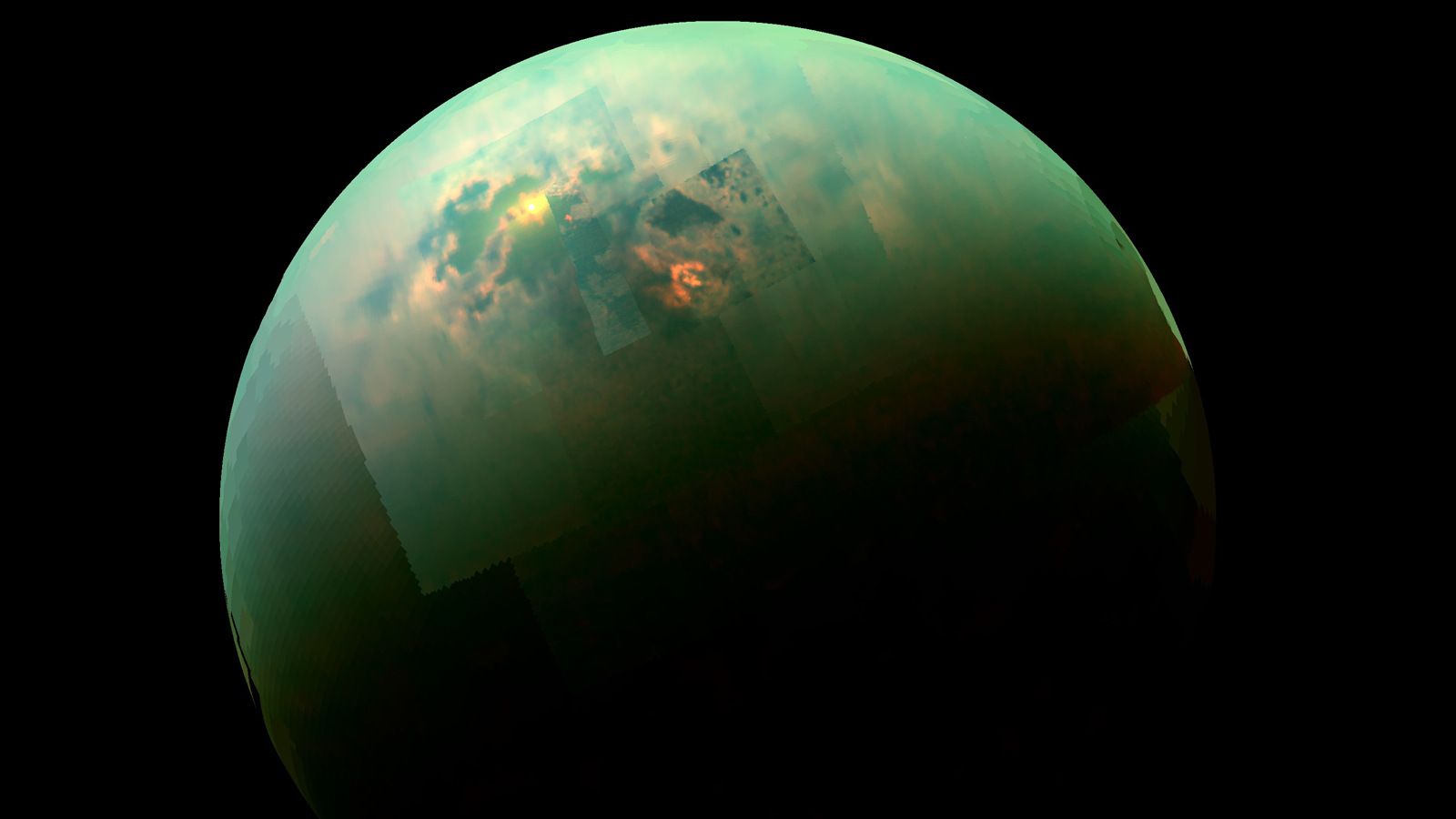
In the two years since the Cassini probe ended its mission and burned up in Saturn’s rings, data from its recordings is still being analyzed and astronomers are making surprising findings. The latest research using the Cassini data has shown that Saturn’s largest moon, Titan, hosts deep liquid lakes of methane.
Using radar data, astronomers were able to test the depth of the lakes found in Titan’s northern hemisphere. They discovered that some were more than 100 meters or 300 feet deep, making Titan the only body in our solar system other than Earth to host stable liquid on its surface.
While here on Earth the liquid in question is water, on Titan it is methane and ethane. These two hydrocarbons are gases on Earth at regular pressures, but Titan is so cold that the two hydrocarbons behave there as liquids. This means Titan has its own cycle of evaporation and rain similar to our water cycle.
Although it was already known that Titan has large northern seas of methane, finding the methane in lakes as well was unexpected.
“Every time we make discoveries on Titan, Titan becomes more and more mysterious,” lead author Marco Mastrogiuseppe, Cassini radar scientist at Caltech in Pasadena, California, said in a statement. “But these new measurements help give an answer to a few key questions. We can actually now better understand the hydrology of Titan.”
It’s strange that there is so much liquid on one side of the northern hemisphere but not on the other. The eastern side of the hemisphere has big seas, while the western side was small lakes. “It is as if you looked down on the Earth’s North Pole and could see that North America had completely different geologic setting for bodies of liquid than Asia does,” Cassini scientist and co-author Jonathan Lunine of Cornell University in Ithaca, New York, said in the statement.
It could be that the lakes formed when surrounding bedrock of ice and other chemicals dissolved and collapsed. And the lakes may be influenced by seasonal variations in the amount of surface liquid.
The data used for these discoveries was among the last collected by Cassini as it performed its final flyby of Titan. That makes this a fitting tribute to a probe which taught us so much about Saturn and its moons. “This was Cassini’s last hurrah at Titan, and it really was a feat,” Lunine said.



